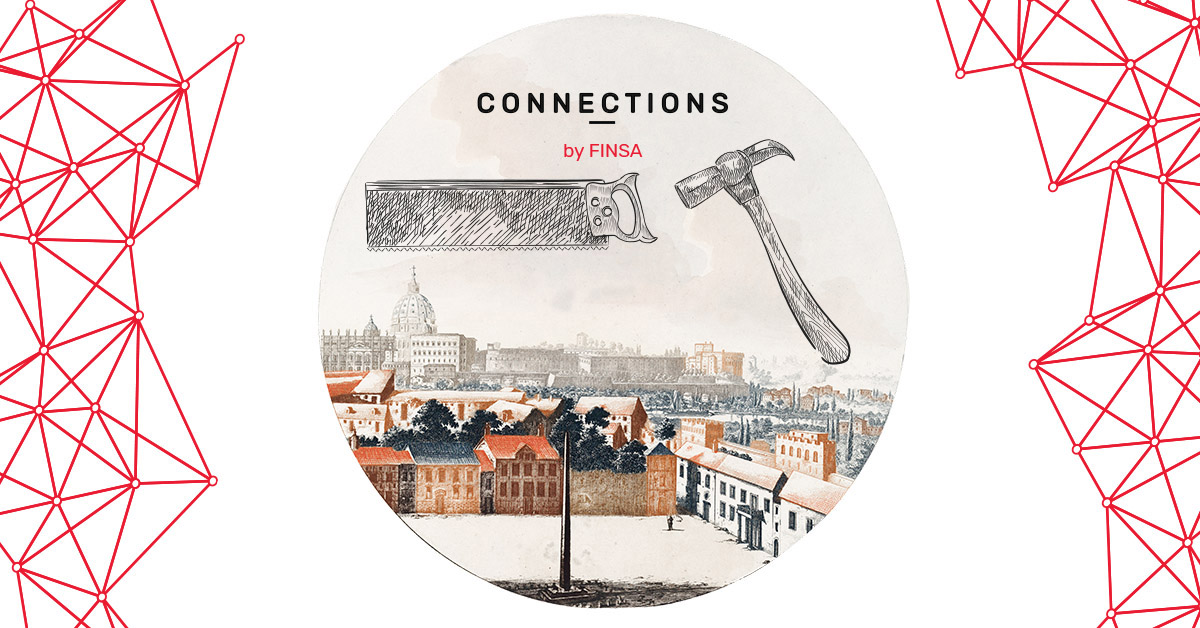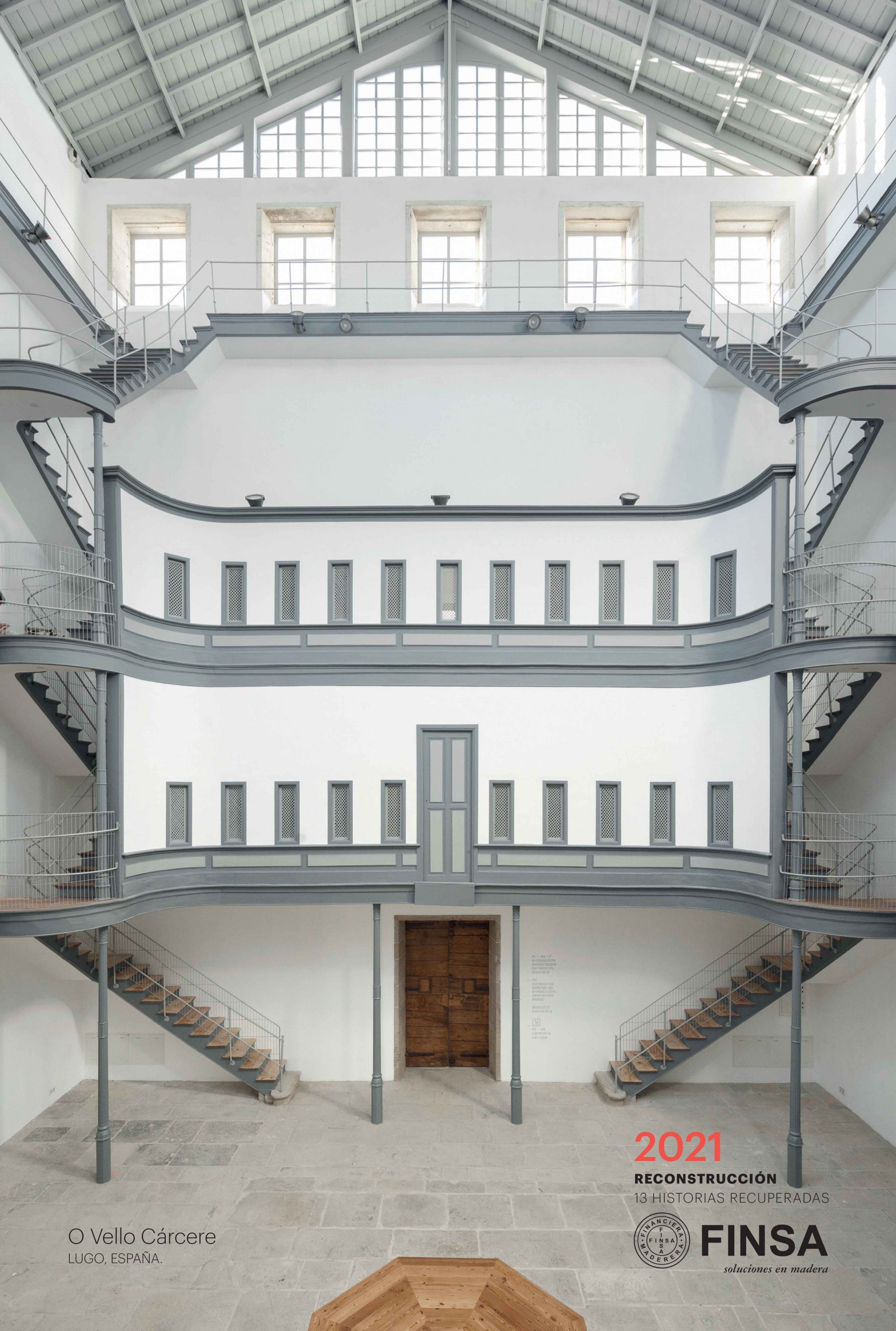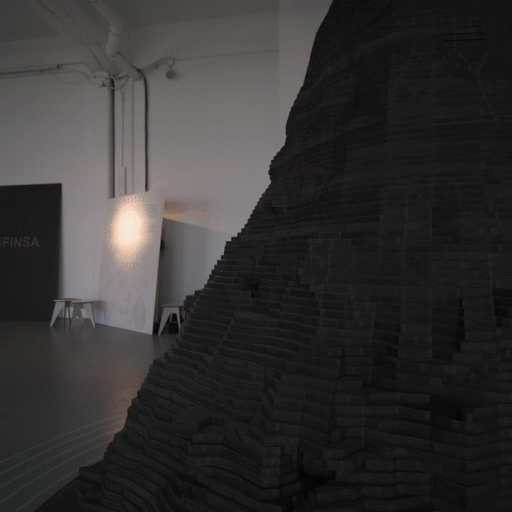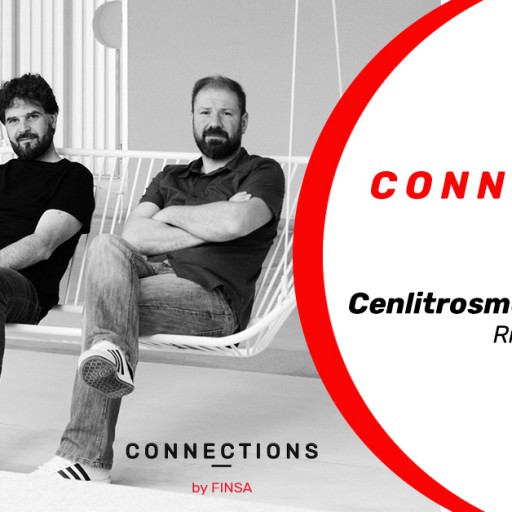What can we do with unique buildings and spaces where we live? We’ve already written about restoring urban spaces using artistic intervention. But today we are looking at a new architectural approach.

A building’s purpose influences both its interior and exterior characteristics. In a rehabilitated building, the reminders of the structure’s original use often remain without influencing the outcome of the rehabilitation project itself. This is exactly what happened in some of the thirteen examples from all around the world that are featured on Finsa’s calendar that shows both architectural renovations and new uses for old buildings.

From a prison to a space for creativity
The former purpose of the O Vello Carcere community centre in Lugo, Galicia, is evident in its name (literally “The Old Prison). But what this doesn’t reveal was that the grounds have also been used as a space for Roman funeral rituals as well as the local police station. Neus y Carrasco were in charge of the building’s rehabilitation, which was completed in 2017, making way for cultural and social activities as well as an archaeological library dedicated to the history of the city.
Ver esta publicación en Instagram
From religion to film festivals
The enormous Mole Antonelliana in Turin, named after its architect Alessandrro Antonelli, now houses Italy’s National Museum of Cinema. But when planning for the building began in 1848, it was for a synagogue that would demonstrate the country’s cultural freedom after Catholicism’s long reign. Throughout the twentieth century and up until the year 2000, it underwent numerous restorations to ensure its survival.
Ver esta publicación en Instagram
From industry to art
In 1930, Cayetano Borso di Carminati designed the Bombas Gens, a hydraulic pump factory located in Valencia. A few years later, with the start of the Spanish Civil War, an underground air-raid shelter was added where a medieval wine cellar had once been. Decades after the factory closed its doors, the Fundació Per Amor a l’Art transformed the space into a museum with more than 1,500 works of art by 150 artists.
Ver esta publicación en Instagram
From generating electricity to making music
The most technologically advanced professional recording studio in Europe is located in Poland in a space that was a power plant until the end of the nineteenth century and is now the home of the Polish Baltic Philharmonic. In 2005, after less than ten years of work, Martin Kozikowski and KD Kozikowski Design finished remodelling the building, which features a huge concert hall, other multipurpose halls, and even a hotel.
Ver esta publicación en Instagram




